8mm Remington Mangnum – Remington 700 BDL – L Senior
Remington Model 700
Jump to navigation Jump to search
Remington 700 Model is the flagship sporting bolt action hunting rifle for Remington Arms. Introduced to the public in late 1962, it was a development of the previous sporting rifles, the Remington Model 721 and 722. The Model 721 was the first truly modern sporting rifle of the 20th century.
The bolt action was the strongest of its kind when it was introduced in 1948 and was not just a sporterized version of a military surplus rifle. However the 721 was only offered in long action. It was available in .264 Winchester, .270 Winchester, .280 Remington, .30-06, and .300 H&H Mag.
The 722 was developed for smaller game cartridges with a short action only – it was available in .222 Remington, .222 Remington Magnum, .243 Winchester, .244 Remington, .257 Roberts, .300 Savage, and .308 Winchester.
Both the 721 and 722 rifles were discontinued in 1962 upon the introduction of the new and refined Model 700. The Model 700 is a refined firearm design that delivers exceptional quality and accuracy for a mass produced firearm.
The Remington Model 700 and variants can be seen in the following films, television series, video games, and anime used by the following actors:
Remington’s Model 700: The Greatest of All Time?
“How ya gonna keep ’em down on the farm after they’ve seen Paree’?”
This popular song is illustrative of the huge demographic changes resulting from World War I. So many of our doughboys were ripped from rural Americana and dumped into “the rest of the world” that something had to happen.
The concept spilled over into hunting rifles as well. Those guys fought and won a war with bolt-action rifles. How would they be content with anything less for hunting?
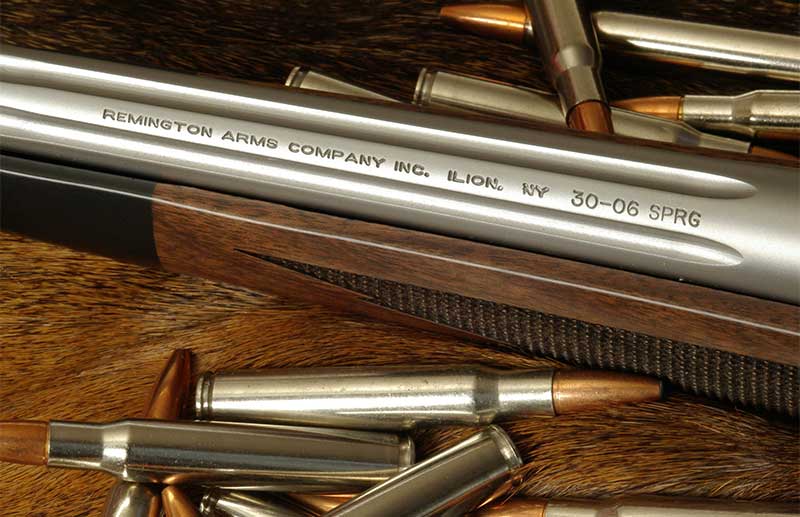
Remington answered with its Model 30 rifle, introduced in 1921. Using leftover Enfield parts and chambered in .30-06, it was a sporting version of the rifle soldiers carried in war.
In 1926, the Model 30 Express replaced it. It was a lighter rifle that cocked on opening and was offered in many variations and in a multitude of cartridges. It showed American hunters the future of sporting rifles.
World War II killed off this rifle, as it did so many great firearms. Following that war, Remington introduced the Model 721 bolt-action rifle in 1948. It was a gun meant for the times.
Using different manufacturing techniques and the engineering genius of Mike Walker, who was an avid benchrest shooter, the rifle was inexpensive and outstandingly functional.
By using a cylinder-type action, manufacturing costs were reduced and accuracy improved. The 721 and the later short-action 722 rifles were just what the returning GIs needed: affordable performance.
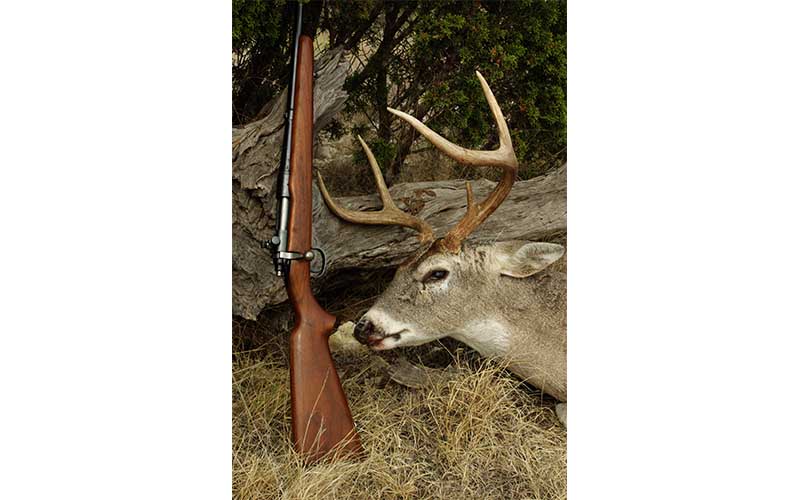
The only flaw, if it might be called that, was the guns were rather plain. As the country prospered in the post-war boom, shooters’ tastes evolved, and they began looking for form as well as function.
Remington was losing market share to the prettier Winchester Model 70. In 1962, Remington addressed that problem with the introduction of the Model 700 rifle, along with a hot new cartridge, the 7mm Remington Magnum. The duo helped launch the magnum mania that followed.
Lucky Sevens
The Remington 700 retained the basic design of the 721, but with improvements and in a slicker, better-looking package. As they say, the rest is history.
With more than 5 million sold, the Remington Model 700 rifle is arguably the best-selling, bolt-action sporting rifle in history. The models and variations that followed in the next 58 years are mind boggling, but they all have a common theme: the Remington 700 action.
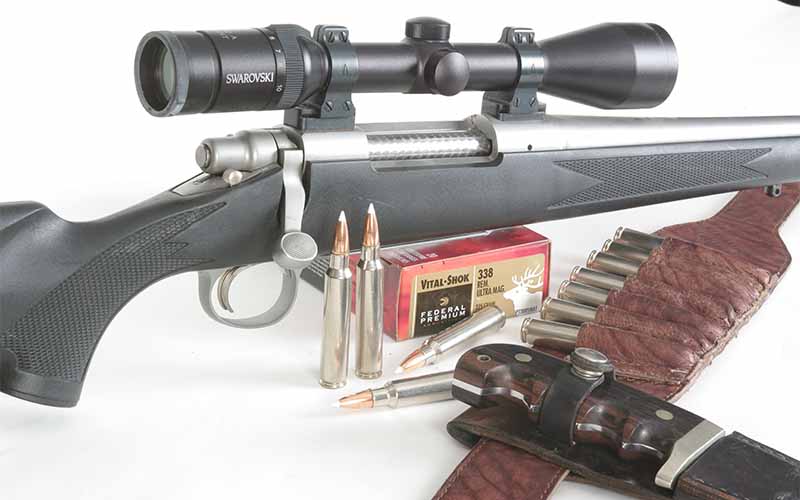
When it comes to rifles, everything is round. The cartridge is round, the bullets are round, the barrels are round, the bore is round, the bolts are round—and so it stands to reason that the action should be round. If we’re able to keep all these round things to a common center, accuracy is ensured.
That, in a nutshell, is the success of the Remington 700 action. Because it’s round, it’s also less expensive to manufacture with far less machining needed than with other action designs. It’s much easier to hold precision, which is one key factor in the Model 700’s legendary accuracy.
The Model 700 comes in two lengths, short and long. One or the other will fit any cartridge from .17 Fireball through .375 RUM. The Remington 700 bolt maintains the two-forward-lugs lockup style popularized with the Mauser action. This is a very strong action and, again, it’s easier to maintain accuracy.
Two lugs are easier to machine precisely than three, six or nine. One component of accuracy is that all lugs support the bolt equally. The more lugs there are, the harder it is to achieve this goal.

The Remington 700 bolt has a recessed bolt face that fits into another recess in the barrel and, when you add the action, this creates the legendary “three rings of steel” surrounding the cartridge. This is considered to be much safer in the event of a cartridge failure, as it helps isolate the gasses and particles from the shooter.
There is some merit to the theory that this recessed bolt face helps keep the cartridge aligned in the chamber to enhance accuracy. Again, the more centered everything is, the better the accuracy. The recessed bolt supports the rear of the cartridge and helps keep it centered with the bore.
The Remington 700 has a very fast lock time, which is the time from when the trigger releases until the firing pin strikes the primer.
The theory is that the faster this happens, the less chance of the gun moving and having a negative effect on accuracy. While this does not mechanically improve accuracy, in the real world it makes it easier for the shooter to access the inherent accuracy in the rifle.
The Remington 700 uses a separate recoil lug, which fits like a washer between the barrel and the receiver. Again, this keeps costs down as it’s much less expensive to make than to machine the recoil lug integral to the action, as seen with some other rifle designs.
The Push Feed Facts
There are two complaints we often hear from rifle nerds about the Remington 700 Model. First is that it’s a push-feed rifle. That means that once the cartridge is free from the magazine it’s not mechanically supported as it’s pushed by the bolt for the short remaining distance into the chamber.
In contrast, a controlled-round-feed (CRF) rifle captures the cartridge behind the extractor as it exits the magazine and holds it against the bolt face while it is fed into the chamber.
One downside of using a CRF rifle is that most cannot be fed single cartridges. If the rifle is dry and things are happening fast, the option of tossing a cartridge into the loading port and slamming the bolt shut is comforting. Most push-feed designs allow this while most CRF rifles do not.
The other side of the argument is that the push-feed design seems to be a bit more accurate. The tension of the extractor on the cartridge in a controlled-round feed can influence the cartridge position in the chamber in a negative way.
Most precision rifles are push-feed design because, when accuracy is measured in tenths of an inch, the push-feed seems to have the advantage.

The other common complaint about the Remington 700 Model design is the extractor. Every armchair expert out there will tell you “It’s no damn good!” The dangerous-game hunting guys and the tactical guys all claim it’s a huge problem that will get you killed in the “real” world.
I’ll be honest: It’s a fragile-looking little thing that looks like it should be a problem. But it’s not. I should note that this extractor style has been used by Remington going back to at least 1948 with the 721 and 722 model rifles.
There are almost 7 million rifles out there with the “horrible” extractors, and yet there are virtually no reports of them failing during a critical time and getting somebody killed.
I’ve been a fan of Remington 700 rifles all my life. I bought the first one, a Model 788, in 1968. Over the years, I have had a lot of Remington 700 rifles and its relatives that use the same extractor system, such as the Model 788, Model Seven, Model 721 and Model 722, pass through my gun vault.
I’ve used a few hundred different rifles with the Remington-style extractor, in a lot of cartridges and in a lot of places—and I have never had an extractor problem.
If we followed up on most of the reports of extractor failures, we likely would find that an overpressure handload was stuck in the chamber and somebody beat the hell out of the bolt to remove it.
The truth is, I did that myself, back before I knew better, and still never had an extractor fail. I have seen the bolt handle break off when a guy was beating on it with a chunk of firewood to extract a stuck handload, but the extractor held.
I’m sure the extractors wear out like any other piece of machinery and that they break now and then, but I just can’t find any evidence that the Remington extractor is a true problem.

However, if you’re concerned, it’s easy enough to have a gunsmith replace the Remington extractor with a Sako or M-16-style extractor. This is a common “upgrade” to the Remington 700 model rifle. I’ve installed both style extractors on custom rifles I’ve built, and I’ve left the original factory extractor in other custom rifles I’ve built.
The number of problems with any of the extractors so far is zero. A couple of the rifles have been used for long-range target shooting and for a lot of ammo testing for magazine articles, so the round count is getting seriously high.
Considering A Custom
Speaking of custom rifles, the Remington 700 action is a long-time favorite of custom-gun builders, both professional and hobbyists. It’s one of the few production rifle actions available on the current market as the action only. It also has a huge number of aftermarket parts and accessories available.
When it comes to building bolt-action rifles, nothing matches the Remington 700 model in terms of the gadgets and goodies made to fit. It’s the “kit” rifle of bolt actions.
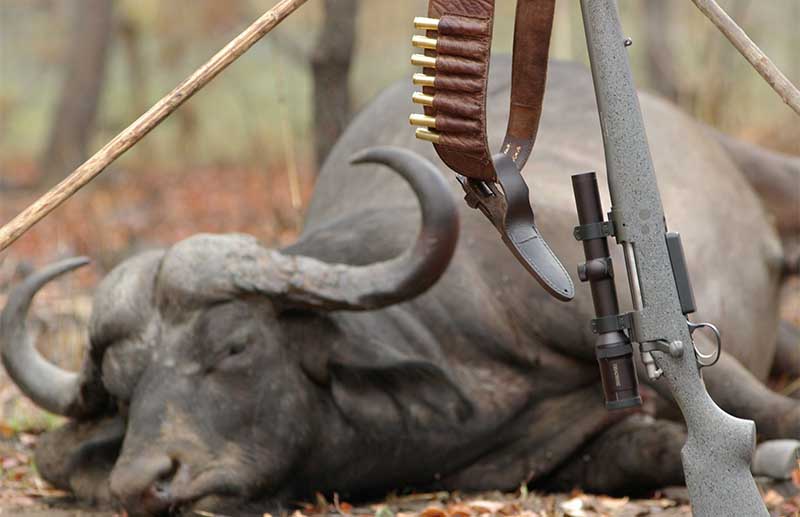
The Remington 700 is extremely easy for hobby and professional gunsmiths to work with, and it can produce outstanding results. Before I had a lathe, I customized several rifles using only hand tools. I would lap bolt lugs for even contact, true the bolt face and then fit a short-chambered barrel.
A short-chambered barrel comes with 90 percent of the work done. The threads are cut and the chamber is left .010-inch short so that once it’s on the action you can finish cutting the chamber to the correct headspace.
This provides a viable option for a hobby gunsmith with only hand tools. By cutting the last of the chamber by hand, you can make the perfect minimum spec chamber.
How well does that work? I have a .308 Winchester I built that way that will shoot 0.5 MOA all day long. This is a great way to get started building your own rifles without spending your kid’s college fund on expensive power tools.

The boom in custom rifles has inspired an entire industry of custom actions, most of those actions use the Model 700 basic design. So why do a lot of builders, particularly hobby guys, use the Remington 700 action? These custom actions are outstanding, but they’re expensive.
The average high-end action costs about 2.8 times as much as a new Remington 700 action from Brownells. It’s often even cheaper to prowl local gun shops to find old beater Model 700 rifles that you can buy for less than the price of a new action.
With custom-rifle builders today, the choice is simple: Time is money. Back in the day, gunsmiths had to work with the rifle actions that were available.
Often that meant a donor rifle that was cannibalized to get the action or, at best, buying an action, usually a Remington 700 model, Winchester Model 70 or a surplus Mauser. Today, things have changed and there are a lot of very good shovel-ready rifle actions on the market.
And Then There’s Accuracy
But, in terms of accuracy, a skilled gunsmith will produce a rifle that’s every bit as accurate by blueprinting a factory Remington 700 action. “Blueprinting” is nothing more than a fancy term for trueing everything to the common center.
That means trueing the threads, bolt lugs, bolt face and the receiver face to the center line of the action. Finally, the bolt lugs will be lapped for a perfect mate to the action lugs.
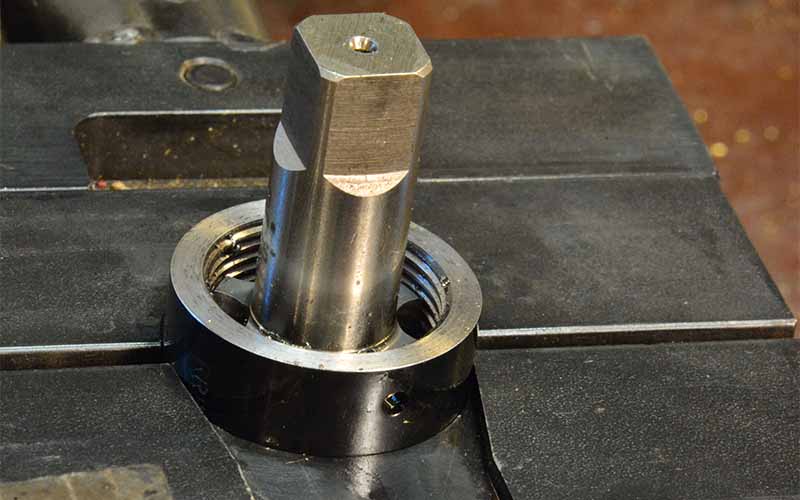
I enjoy building guns and it’s a hobby thing for me. So, if it takes me a bit longer to complete a project because I have to blueprint the action, I see that as more time with concrete under my feet and contentment in my heart.
Most of my builds are for my own use or are for friends and family, so we try to keep the cost reasonable. That means, more often than not, a Remington 700 action.
Results? I have a precision rifle in 6mm Creedmoor rifle I built on a Remington 700 short action that I would put up against any similar rifle on any action.
I have lots of five-shot groups that are 0.2-inch or a bit smaller. I think the limiting factor is my shooting ability, not the rifle.

On the other end of the spectrum, I built myself a 9.3×62 for hunting. It is capable of 0.5 MOA with factory loads and it runs as fast and smooth as any rifle I own. I’ve used it on elk and whitetail deer with great results. I would not hesitate to use it on dangerous game.
The Remington 700 rifle Model design is almost 6 decades old and it’s still an industry leader. In that time, Remington has changed almost nothing in the basic design. That says a lot about the enduring legacy of the world’s most popular bolt-action, sporting rifle.
8mm Rem Mag Range Report – 220gr Sierra SBT, RL-25 and RL-22, Rem brass, Rem 9 1/2M primers, OAL 3.600″, Velocity 3009fps

I got this 8mm Remington 700BDL from a man who put half a box, 10 rounds through this 8mm Rem Mag and boxed it back up. I took it and cleaned it with Deaton’s Gun Care (excellent product) and then took it through a break in process.
The least and the 8mm Rem Mag is a beast at both ends. Anyone who says he likes to shoot an 8mm Rem Mag at the bench for more than 21-25 rounds has something truly wrong with them. Now that said, I am use to a 340Wby without a break shooting 225gr bullets which generates 43.0ft pounds of free recoil.
The velocity of recoil though is just a tad slower than the 8mm Rem Mag even though marginal I felt the difference. Here are the stats on the free recoil and velocity of recoil for the 8mm Rem Mag with a 220gr Sierra SBT moving 3009fps on the average.
Cartridge: 8mm Rem Mag
Firearm: Remington 700
Load and Firearm Info:
Bullet Dia (in): 0.323
Case Length (in): 2.850
Case Volume (gr H2O):
93.5 Muzzle velocity (ft/sec): 3009
Bullet Wt (gr): 220
Charge Weight (gr): 86
Barrel Length (in): 24
Firearm Weight (lb): 8.50
Free recoil energy is 42.1 ft-lb. (57.1 Joule)
FACTOIDS:
Free recoil velocity is estimated to be 18 ft/sec. (5.4 m/sec)
(This is equivalent to dropping the 8.50 lb gun from a height of 5 feet.)
The free recoil volocity is gained in only 0.14 in (3.6 mm) of travel
Recoil impulse is 4.7 lbf-sec (21 Newton-sec)
Powder gases generate about 38 percent of the total recoil impulse & velocity

Now the recoil thing out of the way – I found RL-25 to gives me higher velocities for max load in my rifle over RL-22 and the same as IMR7828 which I will talk about later. Also, it gave me better accuracy, better extreme spread and better deviation but not as good as IMR7828.
Now this is not a bench gun, it is a purer hunting rifle. My last group was actually the fastest velocity wise and also the best accuracy. Temps were low 80’s with 91% humidity and my elevation was 105ft above sea level.
Here is the average velocity and group size of the max load of RL-22 in my 8mm Rem mag. and group size was 1.2″


Here is the average velocity and group size of the max load of RL-25 in my 8mm Rem mag. and group size was .866″, Extreme spread 20 Deviation 10 Note: (this was my last group shot for the day, and recoil was taking its toll and I was still getting use to my trigger, so this is in my opinion a good load for hunting)

 top velocity of the day
top velocity of the day

left to right 7mm08, 300Wby, 8mm Rem mag, 338 Win mag

All and all I am very excited about the 8mm Rem Mag in a fine rifle to use on big game. It is evident that anything hit with this 8mm Rem Mag will die quickly if not immediately depending on shot placement, but this beast will end the life of any beast hit with it and more than likely be DRT. Very impressive cartridge. Yes I can’t wait to hunt with it.

Changed my mounts and rings. The Quad Rings were not keeping my scope from turning with the significant recoil of the Big 8 and I was afraid if I tighten them more than I had them I might strip a tread in the aluminum rings. So I went to a real traditional look with steel Leupold mounts and rings.

Once again to remind everyone, this is an out of the box rifle with no glass bedding or pillar bedding and this rifle uses a pressure point up close to the end of the for end. No, I do not have any intention of changing it at the moment. But today was a very good day of discovery.
First, 200gr Accubonds give me great velocities but the accuracy is very poor. I have tried now different loads with RL-25, RL-22, MRP, Magnum and IMR7828 and the groups are embarrassing to say the least. My rifle simply does not like them.
Magnum powder preformed well, my barrel did not get as hot to the touch as with the other powders and accuracy was fair to good but average velocities were 2951fps with the 220gr and that was disappointing.
Now IMR7828 did very well in velocity with the 220gr SBT and accuracy was good and this was with one grain under book max. I am very please with this powder and the Sierra SBT.
220gr SBT, IMR7828, Rem brass, Rem 9 1/2M primers, 3016fps, OAL 3.600″ .964 minus first round which was first round out of a clean barrel. After ten shoots this group should tighten up a little more once the barrel is fouled good.

Remington 700

Man, this 250gr Barnes orginial in 8mm sure makes the Sierra 220gr SBT look anemic.
What a cool looking beast and if I can get anywhere from 2750 – 2800fps (hopfully) WOW!

Well, I did some more range work with my 8mm Rem Mag and I have discovered that my rifle does not like 200gr Accubonds or Partitions, but does like 220gr Sierra and 250gr Barnes Originals.
First: The 200gr Accubonds will give me 3154fps and the Partitions will give me 3137fps. These are awesome velocities but accuracy is not acceptable to me running 1 ¾” at best to 3 ¼” for most groups.

Second: The 220gr Sierra SBT gave me last time I was at the range 3018fps on the average with 21 Extreme Spread and 9 Deviation and a three shot group size of .487” – This was the seventh and last group I fired and still had this level of accuracy after all that recoil.
The first group I fried was after one fouling round from a clean barrel and it was a three shot group that was .849” and it had an Extreme Spread of 20 and a Deviation of 9 giving me 3017fps.
Three shot group .487″, 220gr Sierra SBT, 3018fps average

Three shot group .849″, 220gr Sierra SBT, 3017fps

Third: Then there were the two groups I fired using the 250gr Barnes and was 5% to 4% below published max with one group and 4% below max with the other group, giving me from 2701 – 2720fps as I was testing in the margin of safety to make sure I did not get close to max pressures with this very soft bullet.
Of course I will now increase my charges moving toward max hoping to be over 2750 – 2800fps with an accurate load. Group sizes were as follows as I increased the powder charge from 5% to 4% below max. Best group was .447” with Extreme Spread of 22 and Deviation of 11, and worst group was .8485” with Extreme Spread of 22 and Deviation of 11.
Three shot group .447″, 250gr Barnes Original 2720fps

Three shot group .8485″ , 250gr Barnes Original 2701fps

Got 190 250gr Barnes Originals now found some from a guy in Alaska.
220gr Sierra 3018fps

Today I decided to test my extended load work with my hunting load for my 8mm Rem mag and also looking for better velocities for my 250gr Barnes Original. My average today with the 220gr Sierra was 3003fps and this is due to me using after I full sized my brass an expander mandrel expanding the diamater of the neck .002 and then using the regular mandrel for my Sinclair neck turner.
This reduced the neck tension which also reduced my pressures and velocities from 3018fps on average to 3003fps but group is much tighter. Was able to get the 250gr Barnes Original to 2749fps and what was amazing today was all three of the rounds were 2749fps.

Remington 700

Remington 700

Remington 700

Remington 700BDL 8mm Rem mag, Leupold FX 6x36mm LR Duplex.



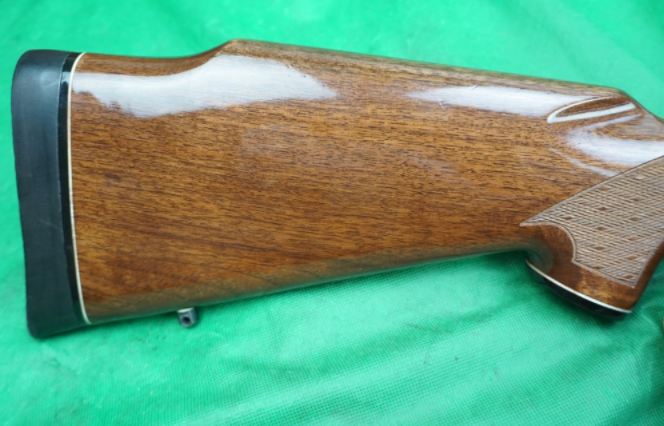
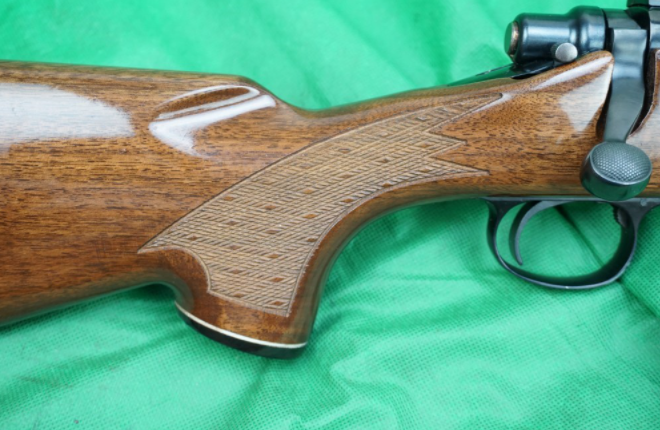
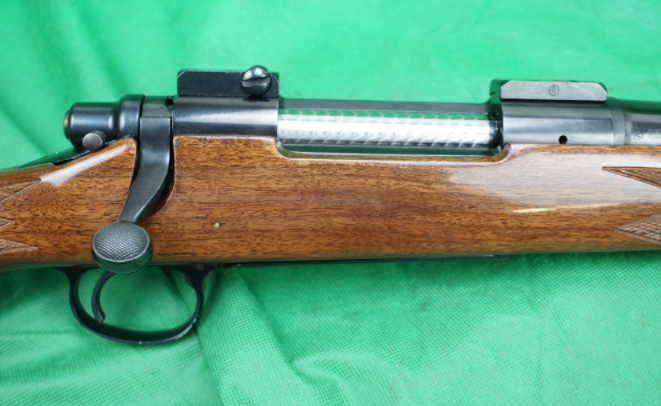
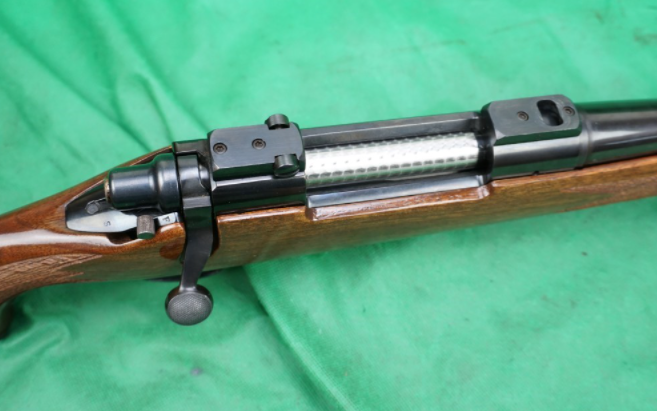
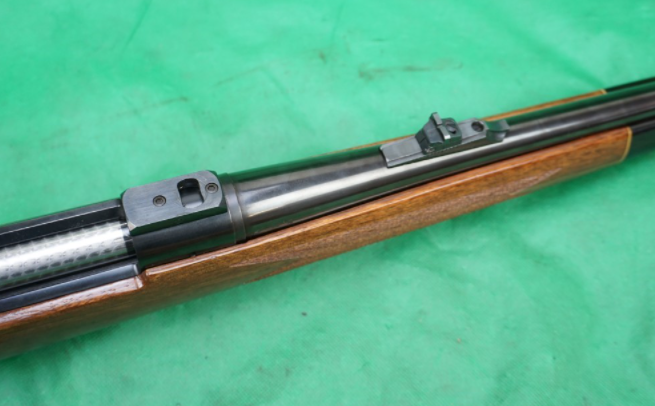
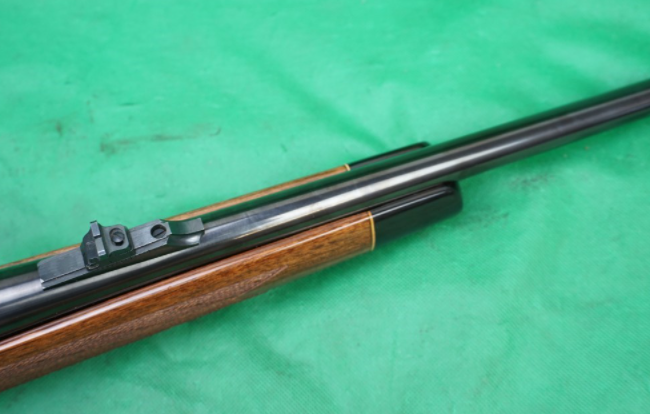
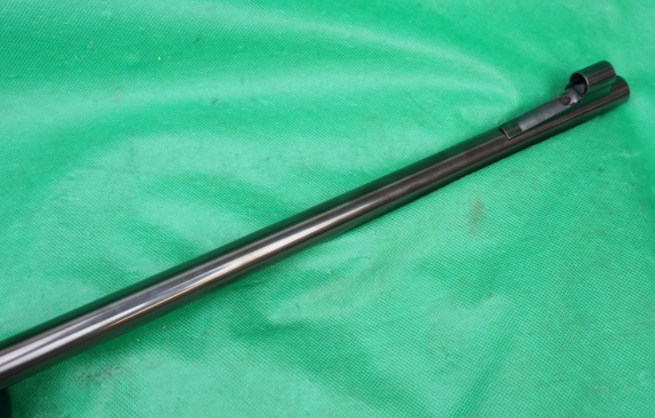

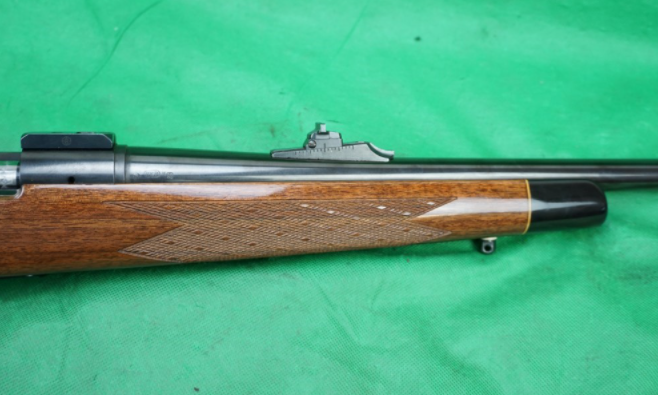
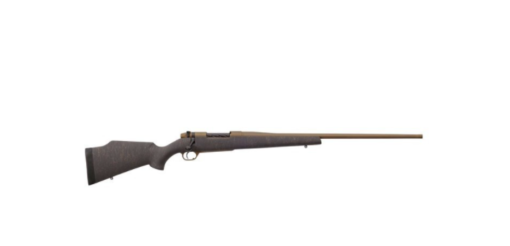



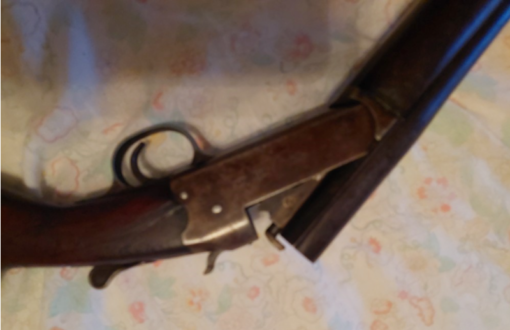
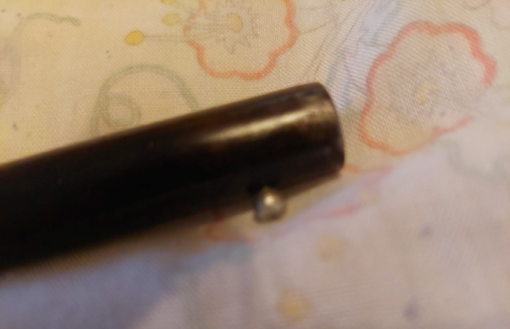
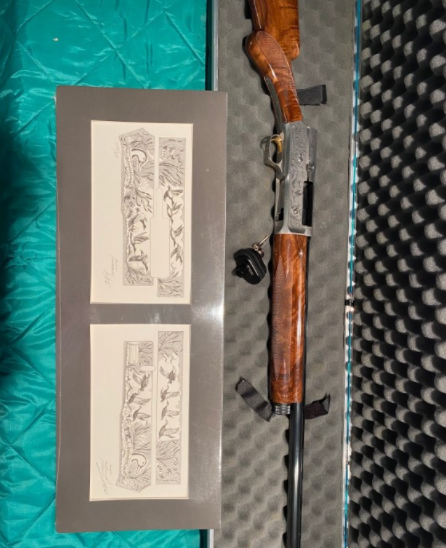
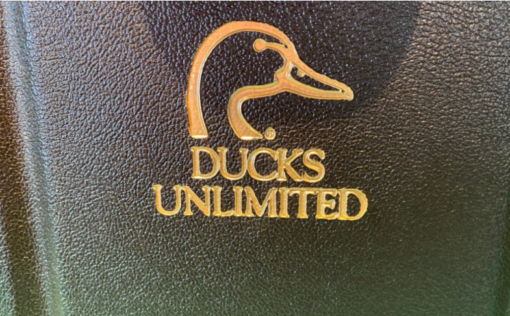
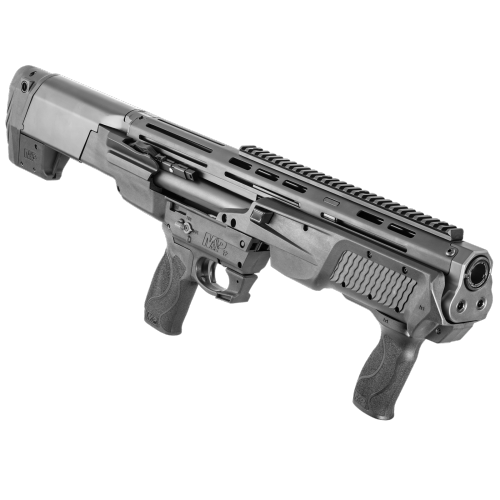
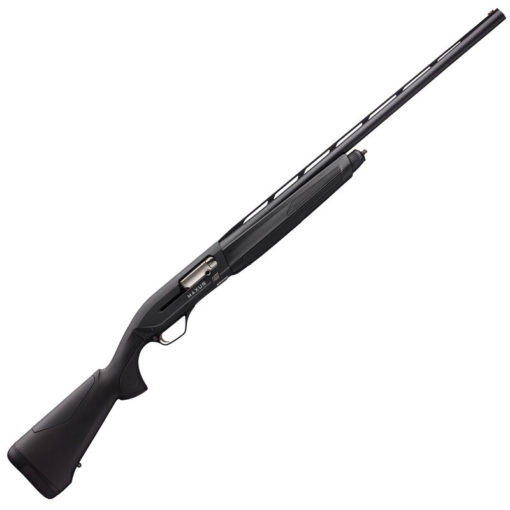
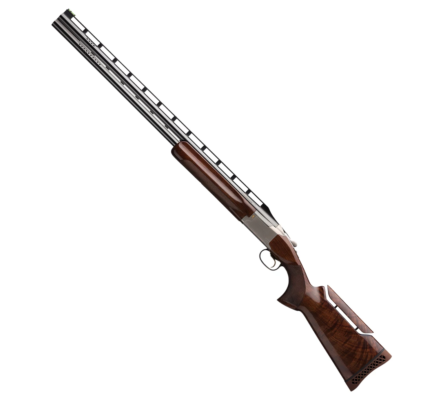
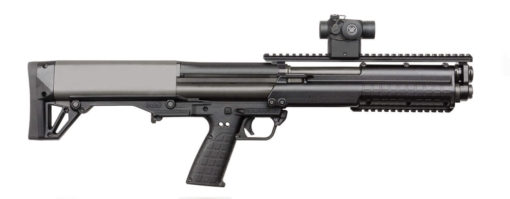
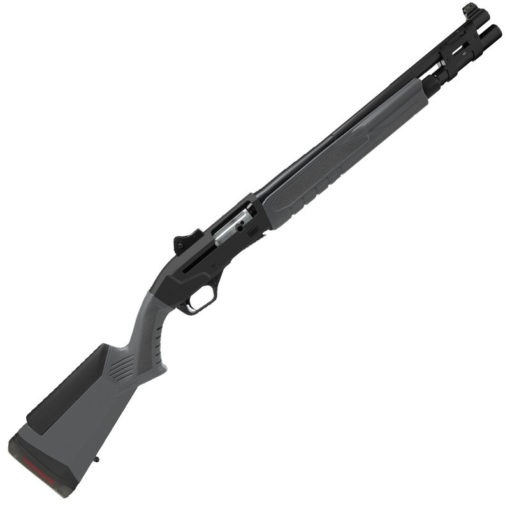
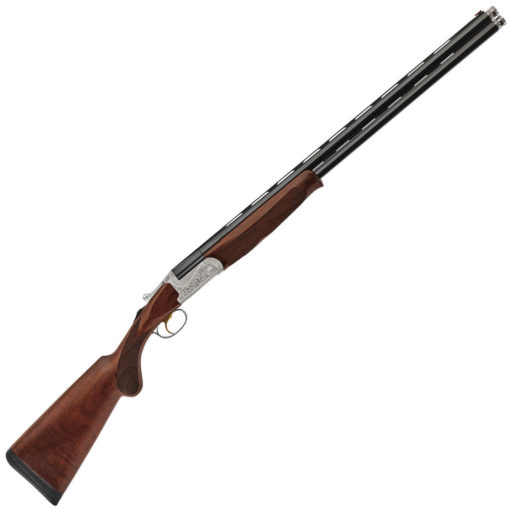
Reviews
There are no reviews yet.